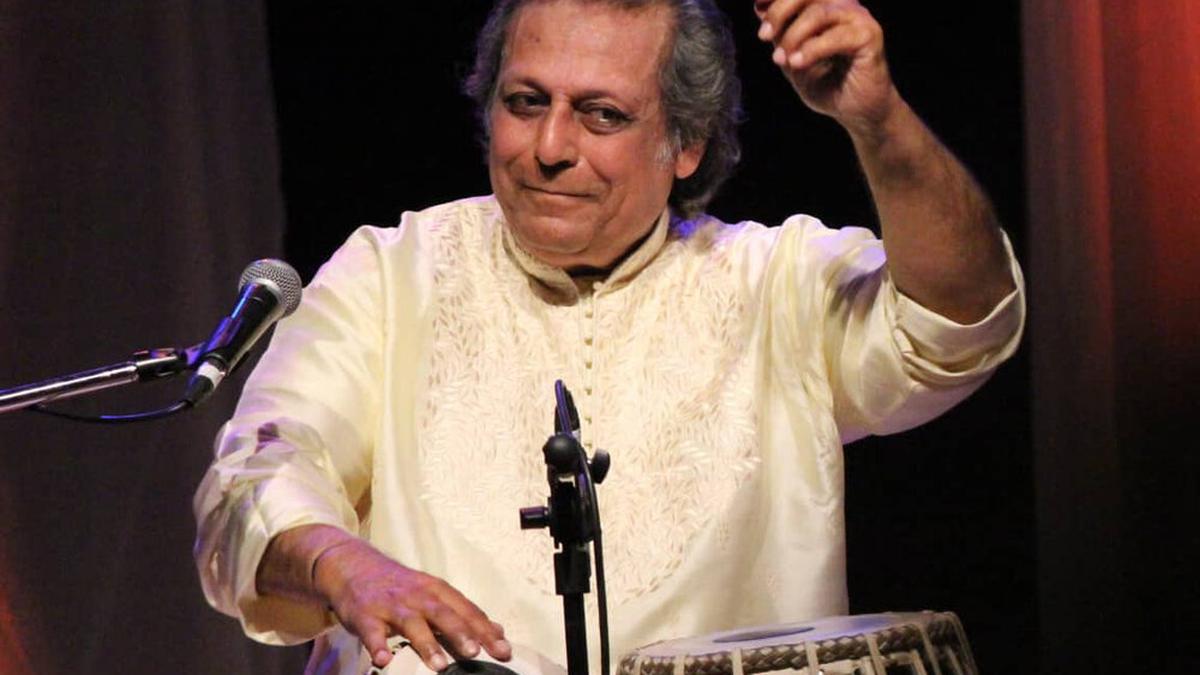
‘Young musicians should not let competition distract them,’ says tabla exponent Swapan Chaudhuri
Pt. Swapan Chaudhuri has created a large fan base across the globe with his understated and elegant style of playing the tabla. Every winter, music lovers await this U.S.-based artiste’s visit to India, when he performs to packed houses.
Apart from being a much sought-after performer, Pt. Swapan Chaudhuri is an excellent teacher, whose disciples are spread around the world. He is the director of percussion at the Ali Akbar College of Music at San Rafael in California, and Basel in Switzerland. Since 1991, he has also been teaching at the California Institute of the Arts in Los Angeles, where he is the director of the North Indian Percussion Studies.
He turned 75 three years ago but the pandemic delayed the celebrations, which were held recently in San Francisco with a specially-curated Ashavari music festival. The who’s who of the music world performed at the event. Overwhelmed by this show of affection, Swapan Chaudhuri attributed it to the blessings of his guru Pt. Santosh Krishna Biswas.
The tabla exponent speaks about his training, experiments with rhythm and sharing the stage with legends.
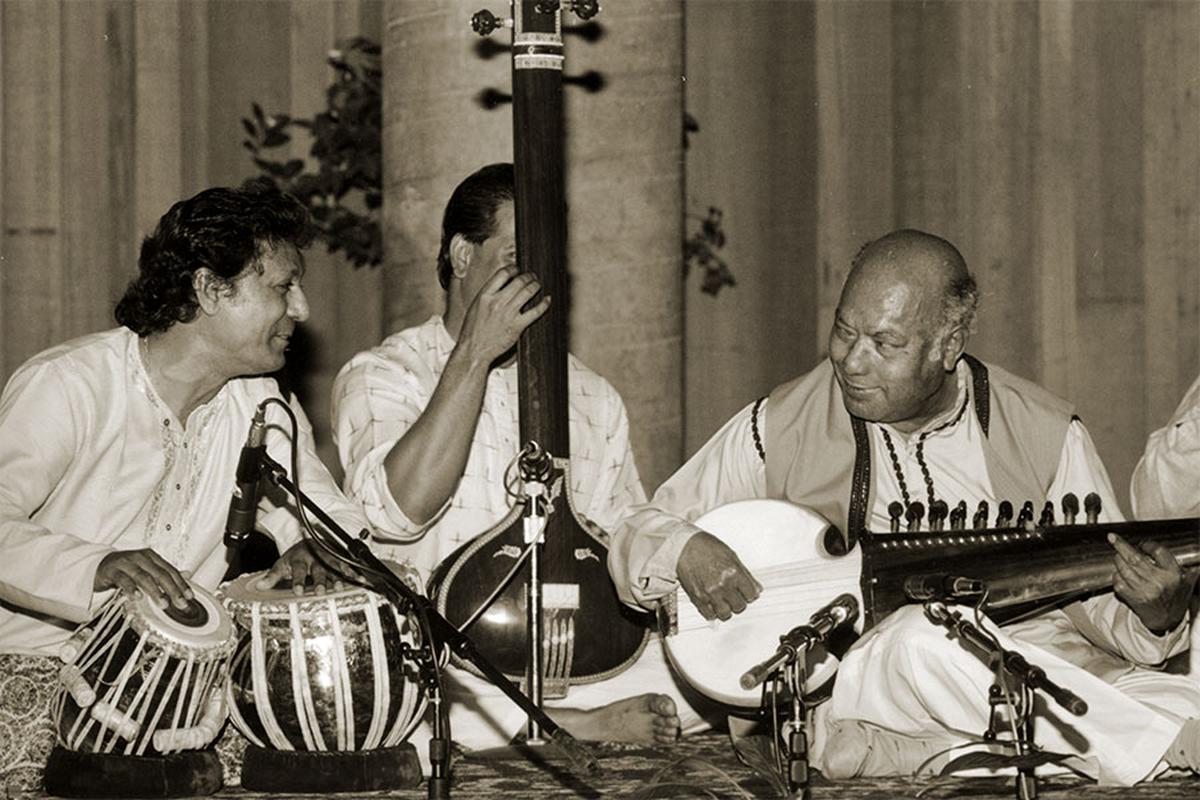
Pt Swapan Chaudhuri accompanying Ustad Ali Akbar Khan
| Photo Credit:
Photo courtesy: swapan.com
The gharana connect: I still consider myself a student. I am just a representative of the Lucknow gharana; the khalifa of the gharana is Ustad Ilmas Hussain Khan, who incidentally is younger than me. I am a traditionalist when it comes to old-world values. He is very gracious and says that I am the senior player of this baaj. But I can’t accept that. His contribution is immense.
In guru’s footsteps: My guru learnt from Hiru babu (Hirendra Nath Ganguly), an amateur tabla player, who was a treasure house of knowledge and a disciple of Ustad Abid Hussain Khan. My guru too was not a professional performer. As a young learner, I did not nurture the dreams of making it to the stage either. I did my Masters in Economics and Music. I have had only one guru, who passed away in 1996. I learnt everything about music from him. He was an open-minded teacher, who would encourage me to listen to every gharana. This has stood me in good stead. I was five when I began to train with him for four hours every day. This went on for 19 years.
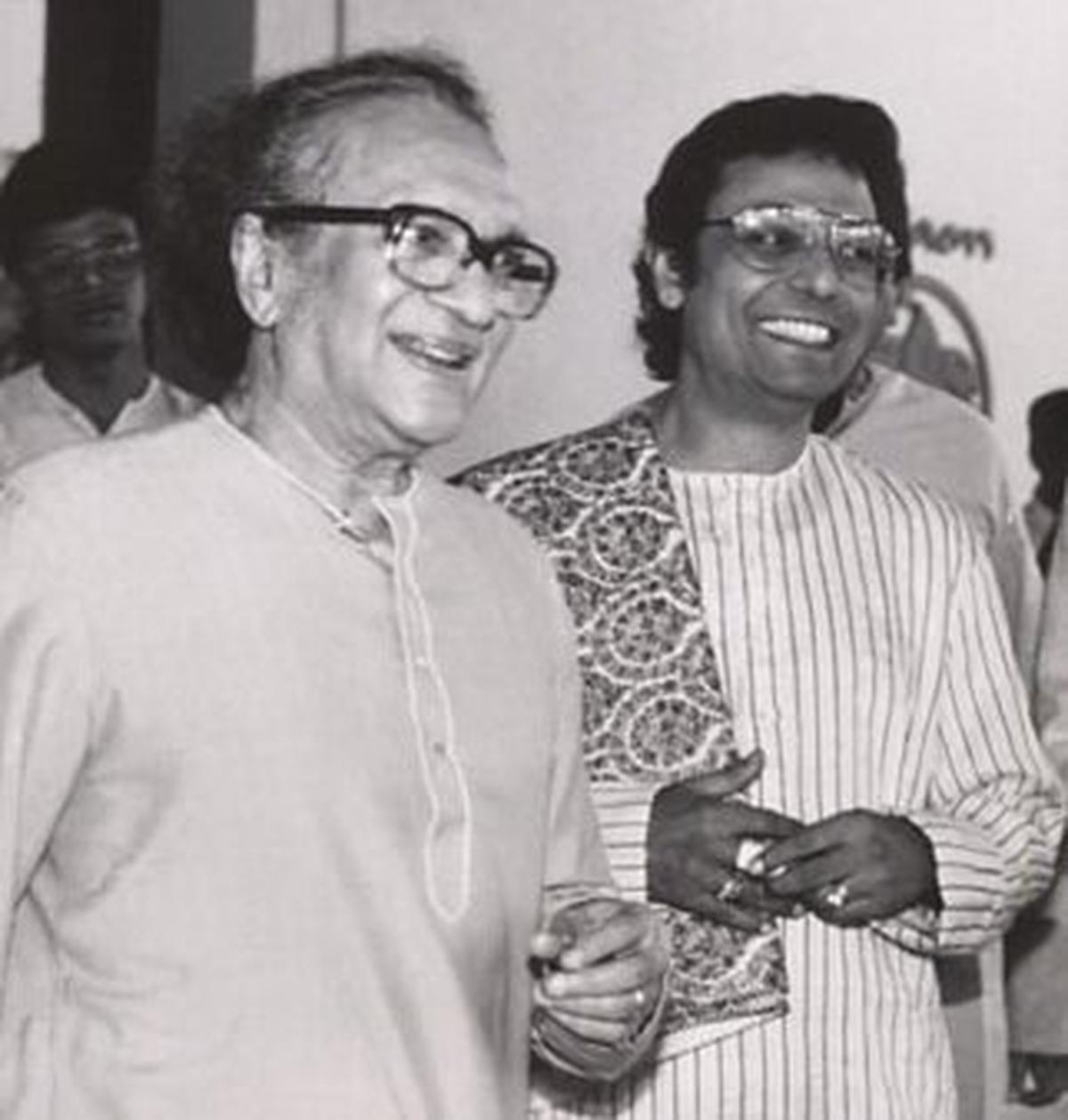
With Pt. Ravi Shankar
| Photo Credit:
Photo courtesy: swapan.com
As an accompanist: Ustad Ali Akbar Khan taught me a lot about tabla ‘sangat’. One should gain a deep knowledge of the musical nuances before accompanying artistes. Khan sahib used to live in my neighbourhood, and his sons were my friends. I would go to their house everyday to practise. He would come in and give us tips. This was in the 1950s. Later Khan sahib moved to the U.S. In December 1969, on a trip to India, he asked me if I still do my riyaaz. When I said ‘yes’, he told me to play something on the tabla. He liked it, and wanted me to accompany him at his concerts. And then there was no looking back. I began to play for many senior musicians including Nikhil Banerjee and V.G. Jog. I have also accompanied dancers, which has been a good learning experience. I don’t think it affects your playing style. I am always excited to do something new or different.
Shifting to the US: In 1972, Khan sahib asked me to join his school in California. But I refused. I wanted to establish myself as an artiste before moving to the U.S. In 1980, after a concert with Khan sahib at Amravati near Nagpur, he told me I was now ready, and that I should move to the U.S. So, in 1981 I relocated.
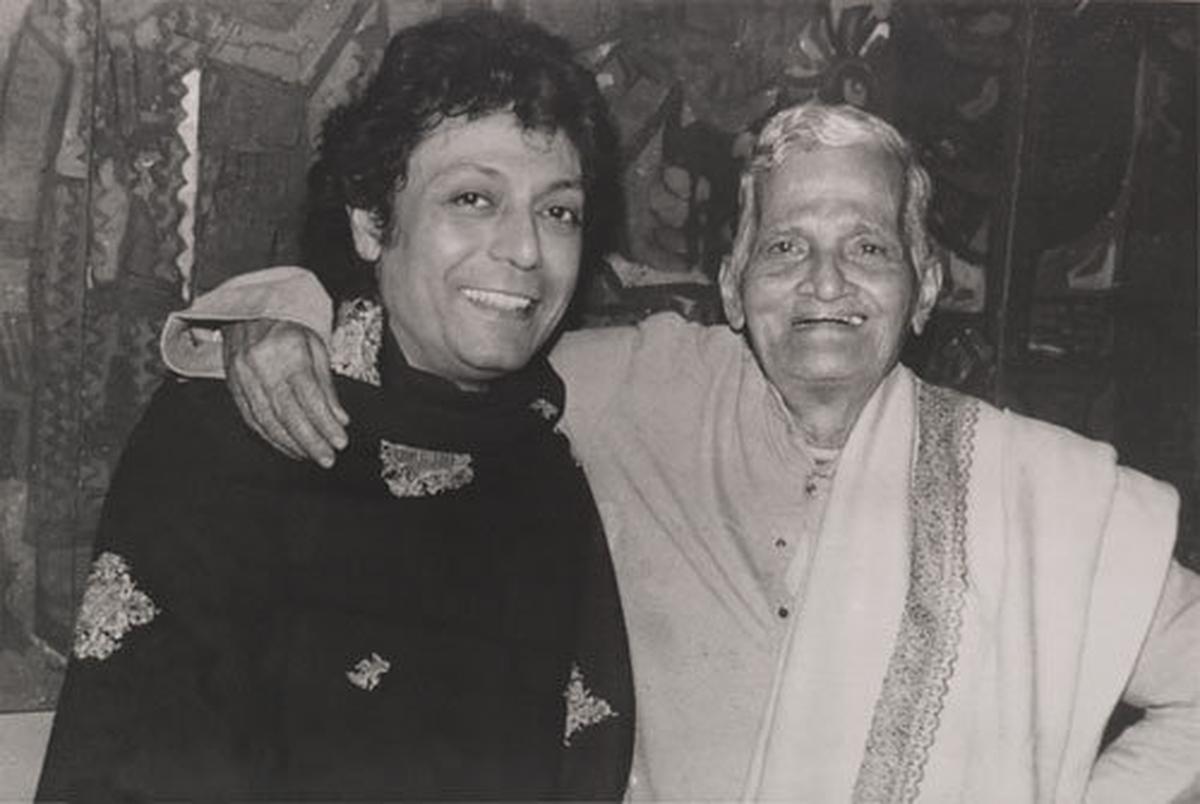
With his guru Pt. Santosh Krishna Biswas
| Photo Credit:
Photo courtesy: swapan.com
Bonding with the Ustad: Being with him gave me the opportunity to further hone my skill. My playing style changed. I started listening more intently; learnt to adapt and complement the main artiste’s style and approach. He would constantly watch the way I practised, performed and taught. A couple of times, he chided me on stage. It was hurtful, but later he explained why he did so.
Inspirations: We were fortunate to have heard the best — from Samta Prasad and Kishen Maharaj to Allah Rakha and Anokhe Lal. Each one was different. I don’t see that nowadays. I have tried to copy them. I remember my guru once scolded me for trying to imitate his style of playing. He told me to develop my own identity and create a space for myself in the world of music. Though as a disciple you yearned for his appreciation, he never openly praised me. A month before he passed away, after hearing me at a concert with Ustad Ali Akbar Khan, he said, “don’t look back, look ahead, you are on the right path”. These words from him were enough for me.
Carnatic vs Hindustani: Carnatic percussion is much more mathematical than Hindustani. The grammar is different. It has seven talas and five jatis, but these are not fixed. Hindustani offers more scope for improvisation. I remember being part of a Bhimsen-Balamuralikrishna jugalbandi. Guruvayur Dorai was on the mridangam and I, on the tabla. I was enjoying the musical exchange so much that without realising I was keeping the beat in Teen taal, instead of the Carnatic Adi tala. Pt. Hari Prasad Chaurasia, who was in the audience, indicated it to me. I quickly corrected myself. Of course, I apologised after the concert.
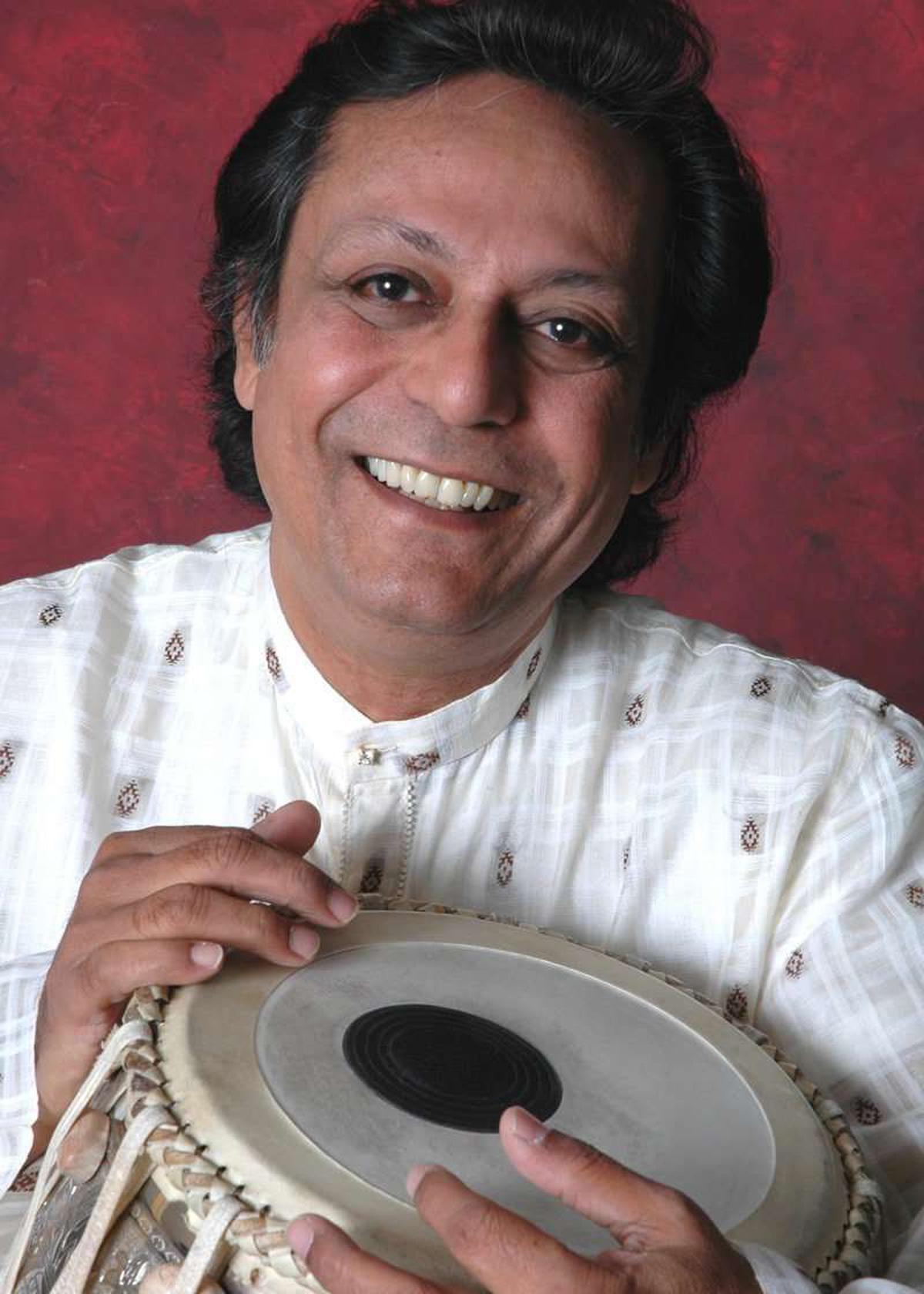
Digital archiving: I want all my taalim to be available to the next generation. I have started a digital library and everything is being recorded with notations. There is 30,000 hours of material; more is being added constantly. My students have made this possible; I couldn’t have done it without their help. It’s called the Swapan Chaudhuri Digital Library (scdtl.org). I didn’t want only my disciples to benefit, anyone can access it. So much music has already been lost, I wanted at least my life’s work to be preserved.
Learning the right way: What worries me is the way music is taught in universities. Though students get a degree, many are not even good listeners far less good musicians. There are several talented young musicians, but they constantly compete with each other without knowing what their goal is. They aspire for speed, but speed does not make for good music.
Stay connected with us on social media platform for instant update click here to join our Twitter, & Facebook
We are now on Telegram. Click here to join our channel (@TechiUpdate) and stay updated with the latest Technology headlines.
For all the latest Entertainment News Click Here
For the latest news and updates, follow us on Google News.

